
Fig. 1 Tuscan Factory Round Jacks, probably pre 1940

Fig. 1 Tuscan Factory Round Jacks, probably pre 1940
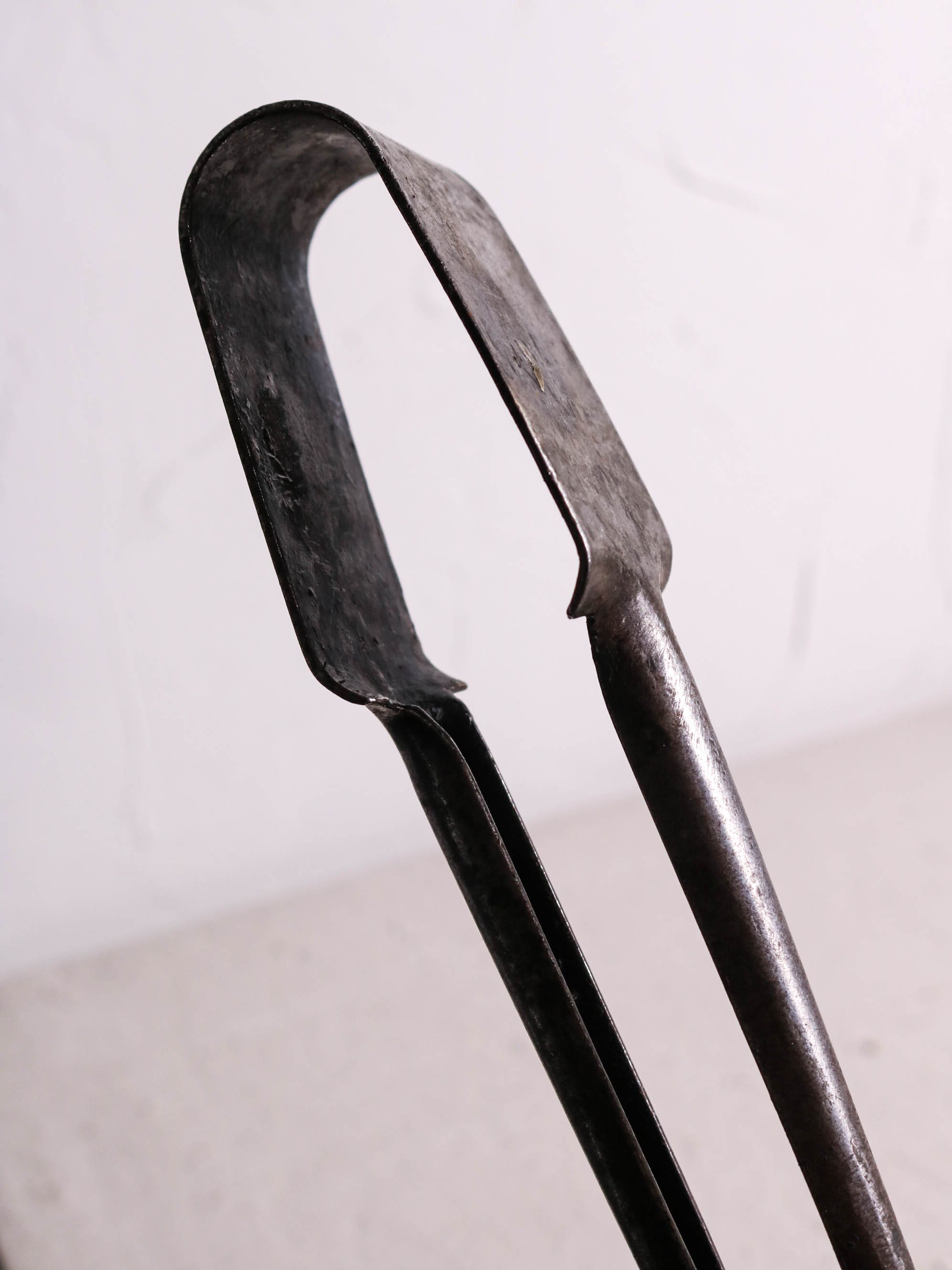
Fig. 1 Tuscan Factory Round Jacks, probably pre 1940
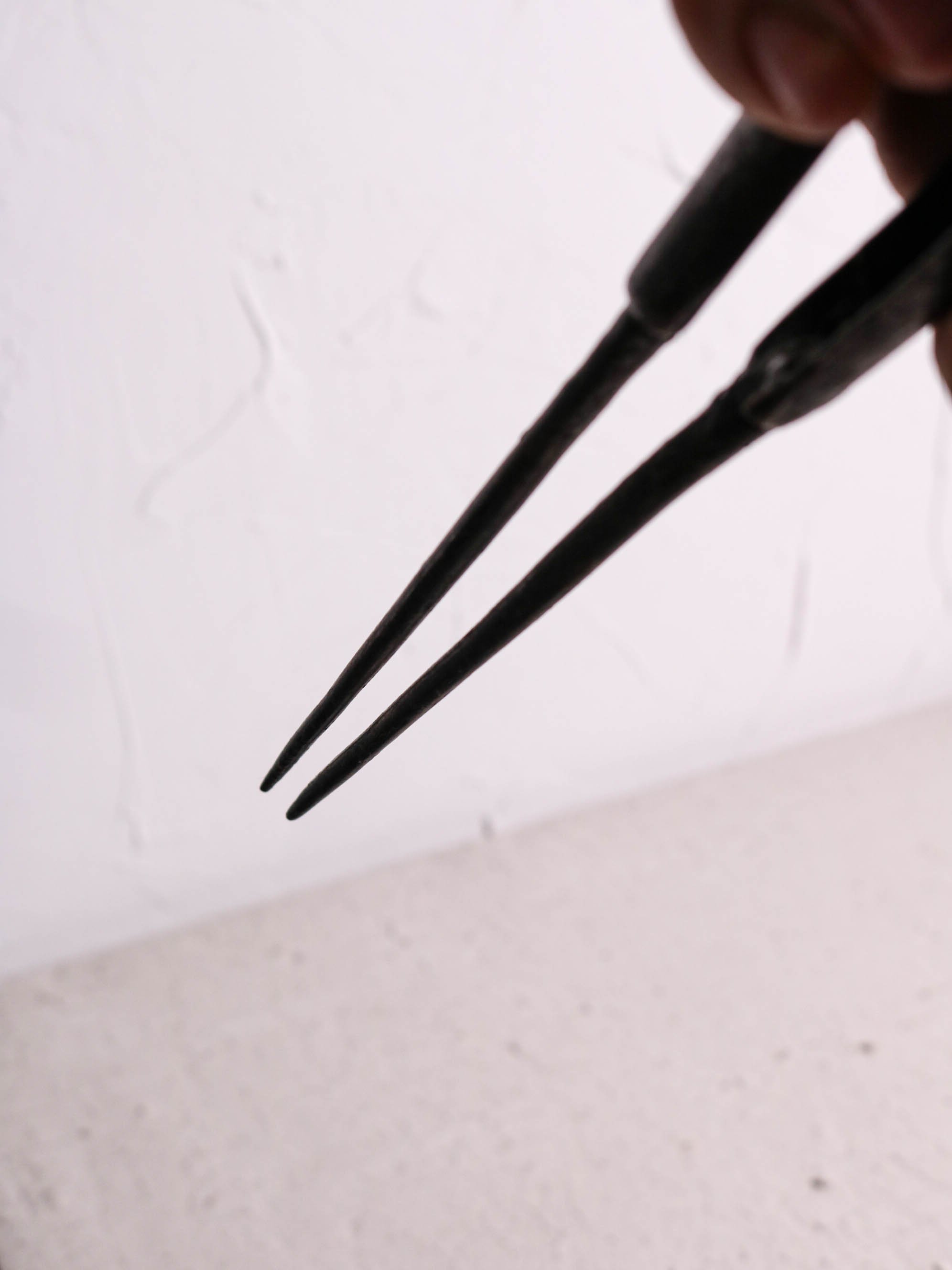
Fig. 1 Tuscan Factory Round Jacks, probably pre 1940

Fig. 1 Tuscan Factory Round Jacks, probably pre 1940

Fig. 2 Tuscan Factory Jacks, same maker as the round jacks above but absolutely massive with oval blades, pre 1940

Fig. 2 Tuscan Factory Jacks, same maker as the round jacks above but absolutely massive with oval blades, pre 1940

Fig. 2 Tuscan Factory Jacks, same maker as the round jacks above but absolutely massive with oval blades, pre 1940

Fig. 3 Tuscan Factory Jacks, very roughly hewn and feature many repairs - great blade steel, pre 1940

Fig. 3 Tuscan Factory Jacks, very roughly hewn and feature many repairs - great blade steel, pre 1940

Fig. 3 Tuscan Factory Jacks, very roughly hewn and feature many repairs - great blade steel, pre 1940

Fig. 4 Tuscan Factory Jacks, the straps have been ground down which give it a slimmer profile on the bench, the partial makers mark features the word "Fosco", pre 1940

Fig. 4 Tuscan Factory Jacks, the straps have been ground down which give it a slimmer profile on the bench, the partial makers mark features the word "Fosco", pre 1940
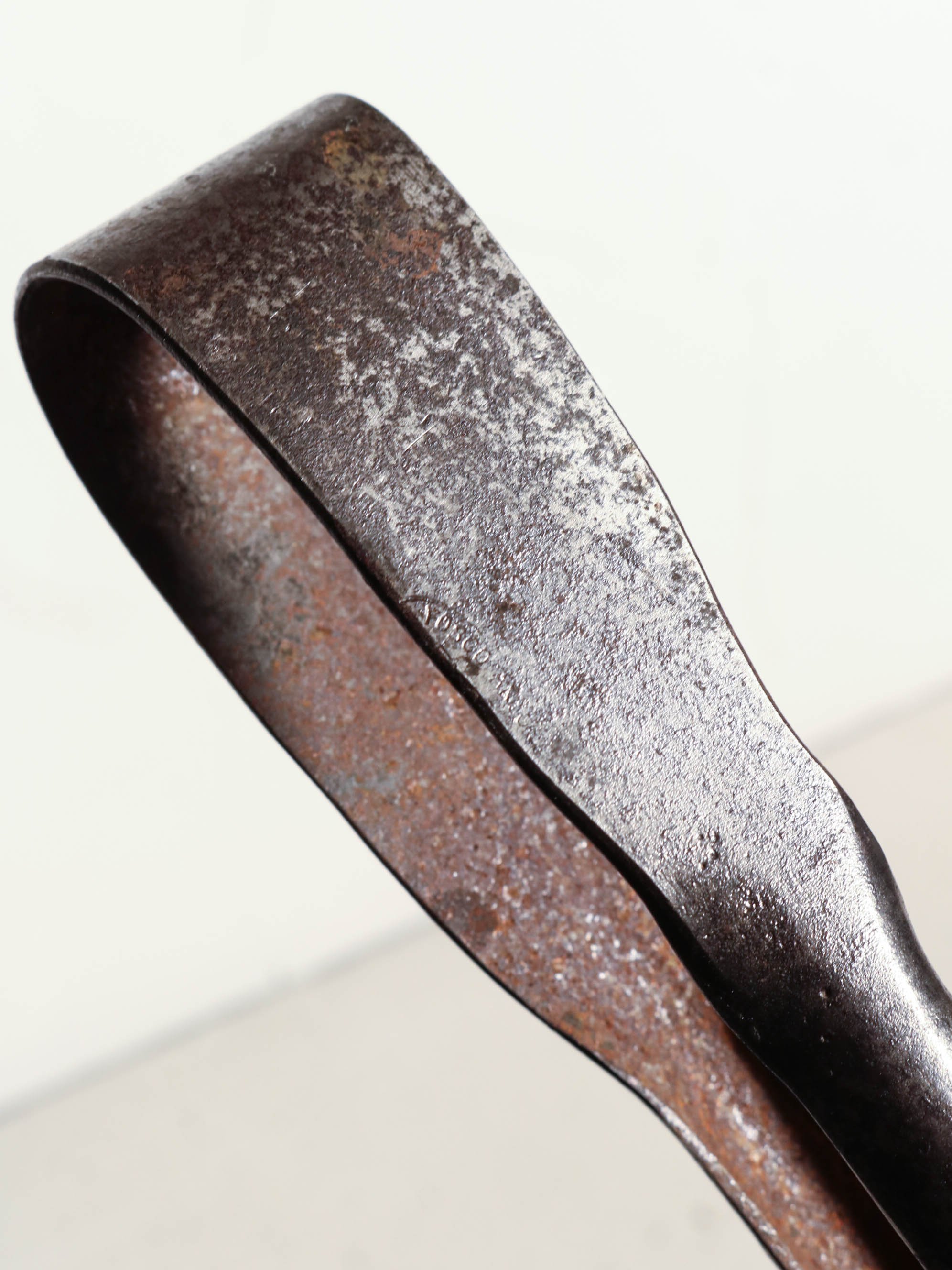
Fig. 4 Tuscan Factory Jacks, the straps have been ground down which give it a slimmer profile on the bench, the partial makers mark features the word "Fosco", pre 1940
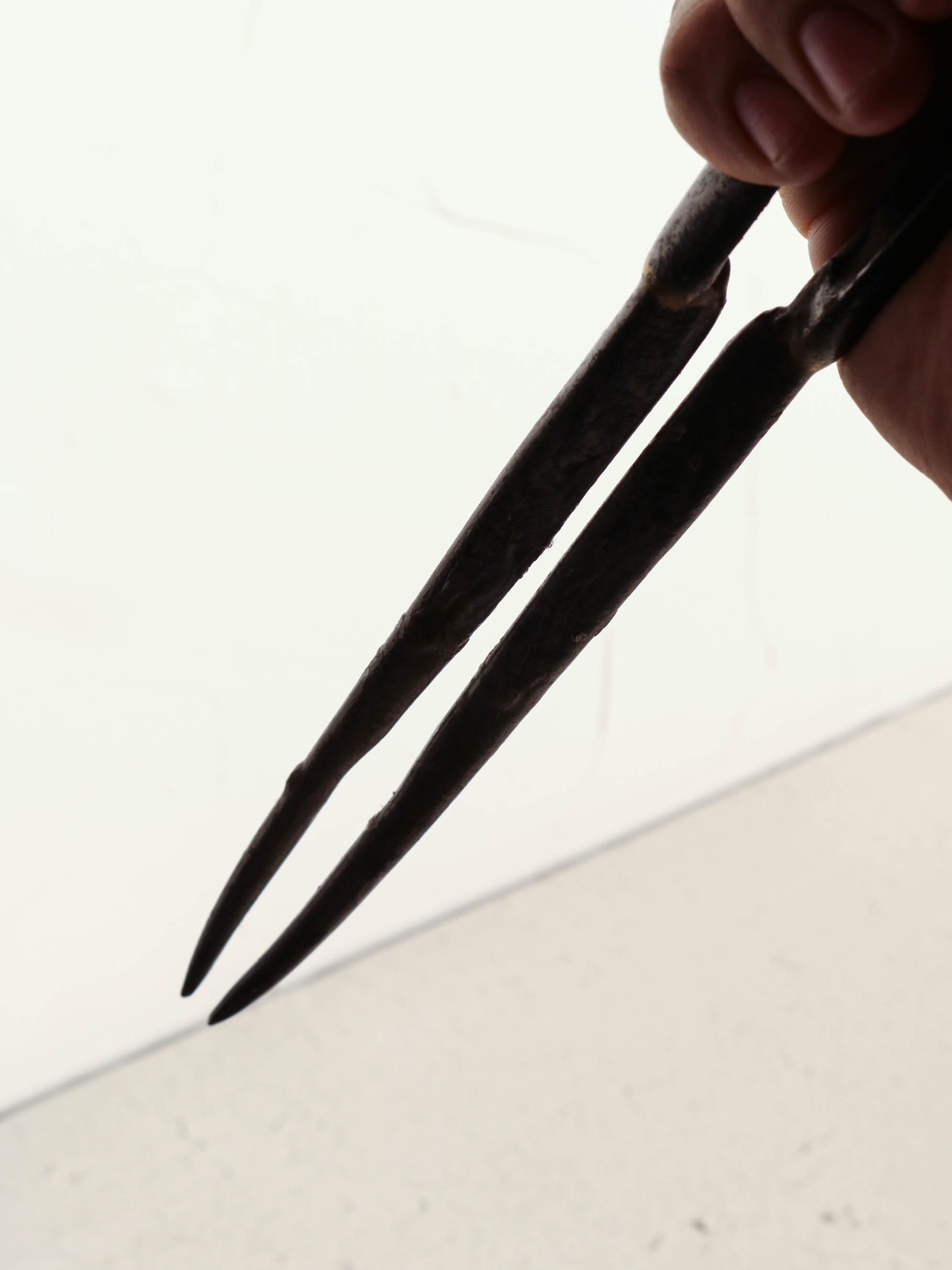
Fig. 4 Tuscan Factory Jacks, the straps have been ground down which give it a slimmer profile on the bench, the partial makers mark features the word "Fosco", pre 1940
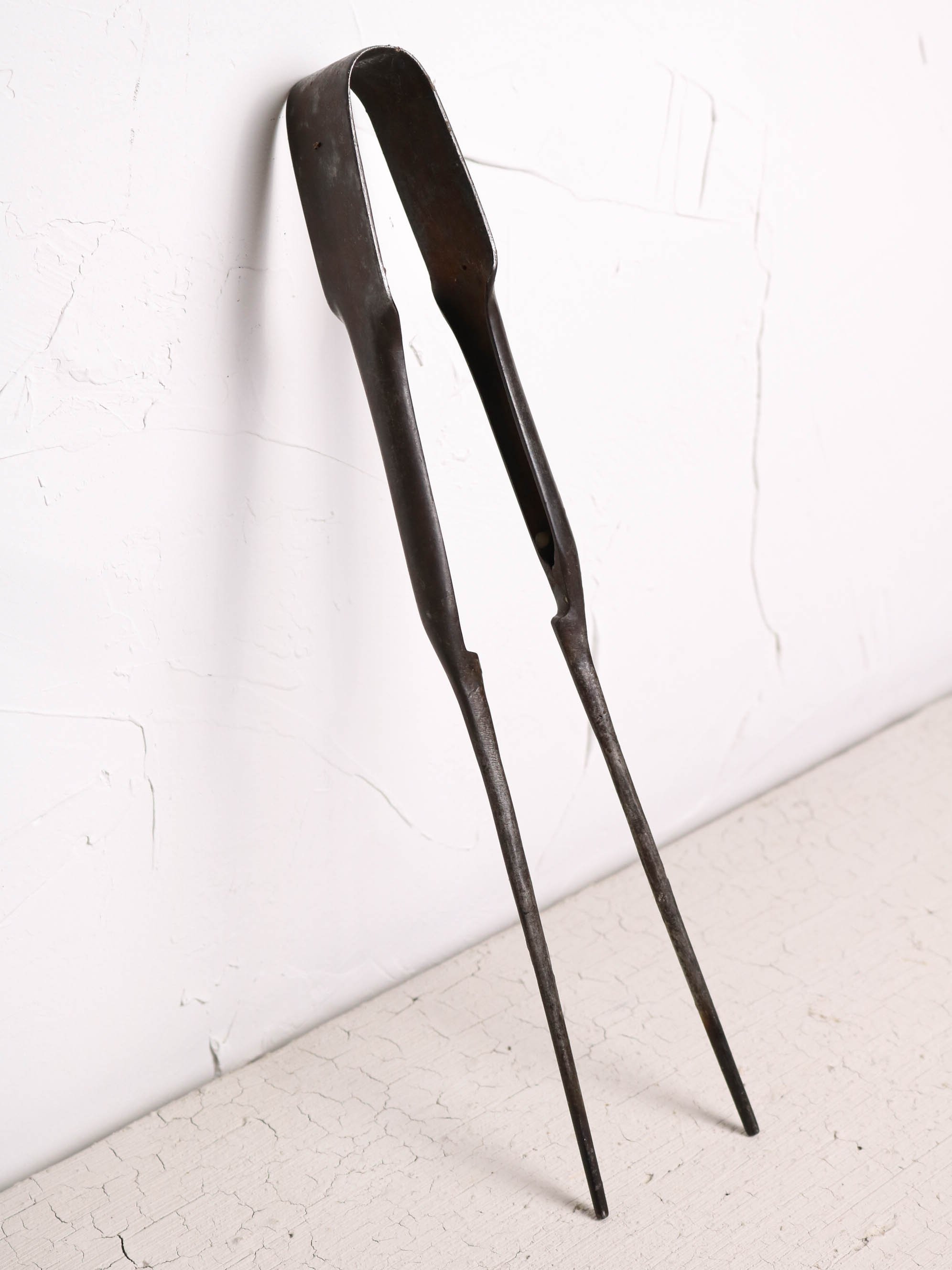
Fig. 5 Oval bladed small jacks marked J.D. Blair, Turn of the Century, probably English, one piece construction with forge welded blades
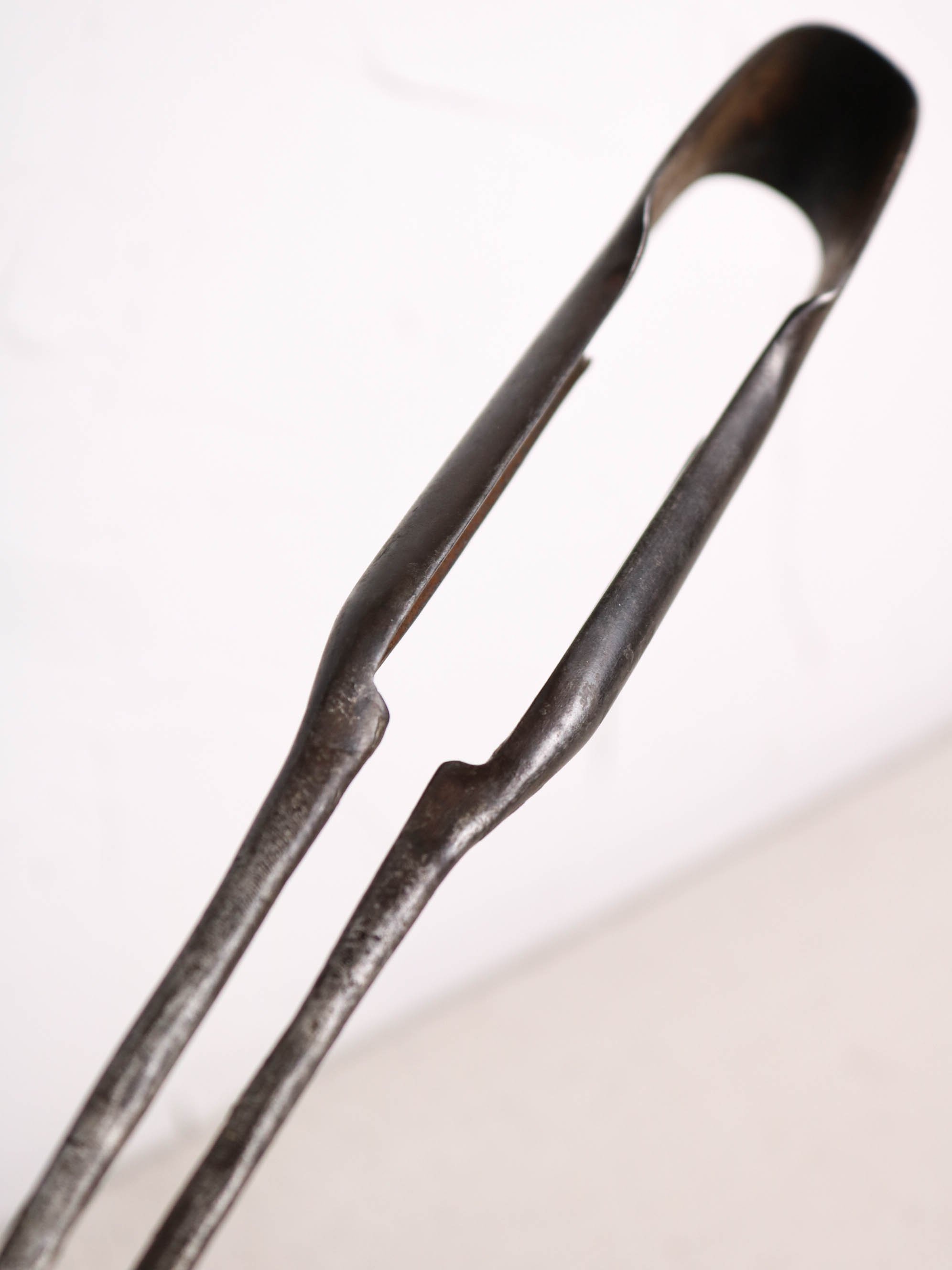
Fig. 5 Oval bladed small jacks marked J.D. Blair, Turn of the Century, probably English, one piece construction with forge welded blades

Fig. 5 Oval bladed small jacks marked J.D. Blair, Turn of the Century, probably English, one piece construction with forge welded blades

Fig. 5 Oval bladed small jacks marked J.D. Blair, Turn of the Century, probably English, one piece construction with forge welded blades

Fig. 5 Oval bladed small jacks marked J.D. Blair, Turn of the Century, probably English, one piece construction with forge welded blades

Fig. 5 Oval bladed small jacks marked J.D. Blair, Turn of the Century, probably English, one piece construction with forge welded blades
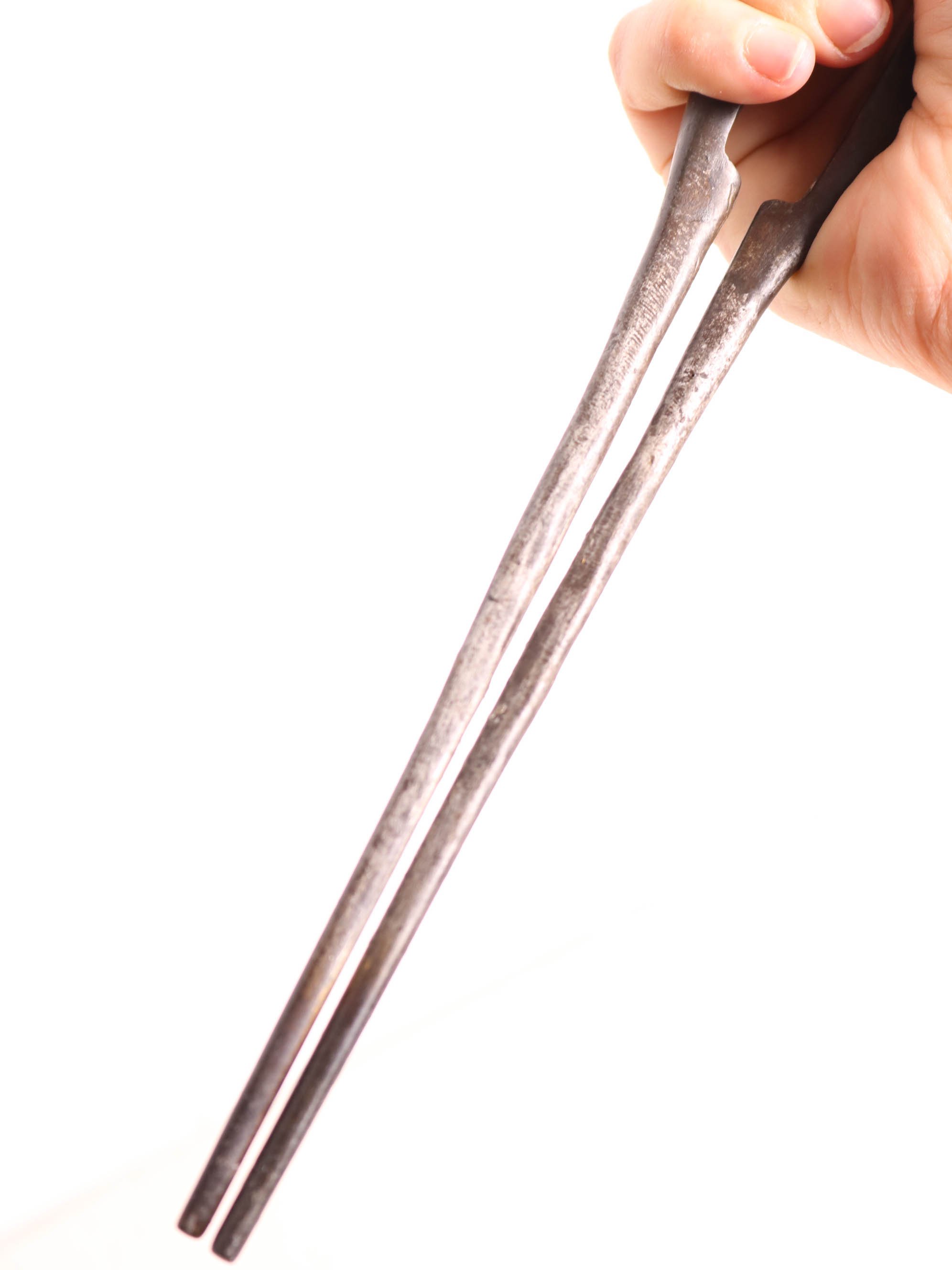
Fig. 5 Oval bladed small jacks marked J.D. Blair, Turn of the Century, probably English, one piece construction with forge welded blades

Fig. 6 Early unsigned Ivan Smith Jacks, small with pointy oval blades, one piece construction with forge welded blades

Fig. 6 Early unsigned Ivan Smith Jacks, small with pointy oval blades, one piece construction with forge welded blades
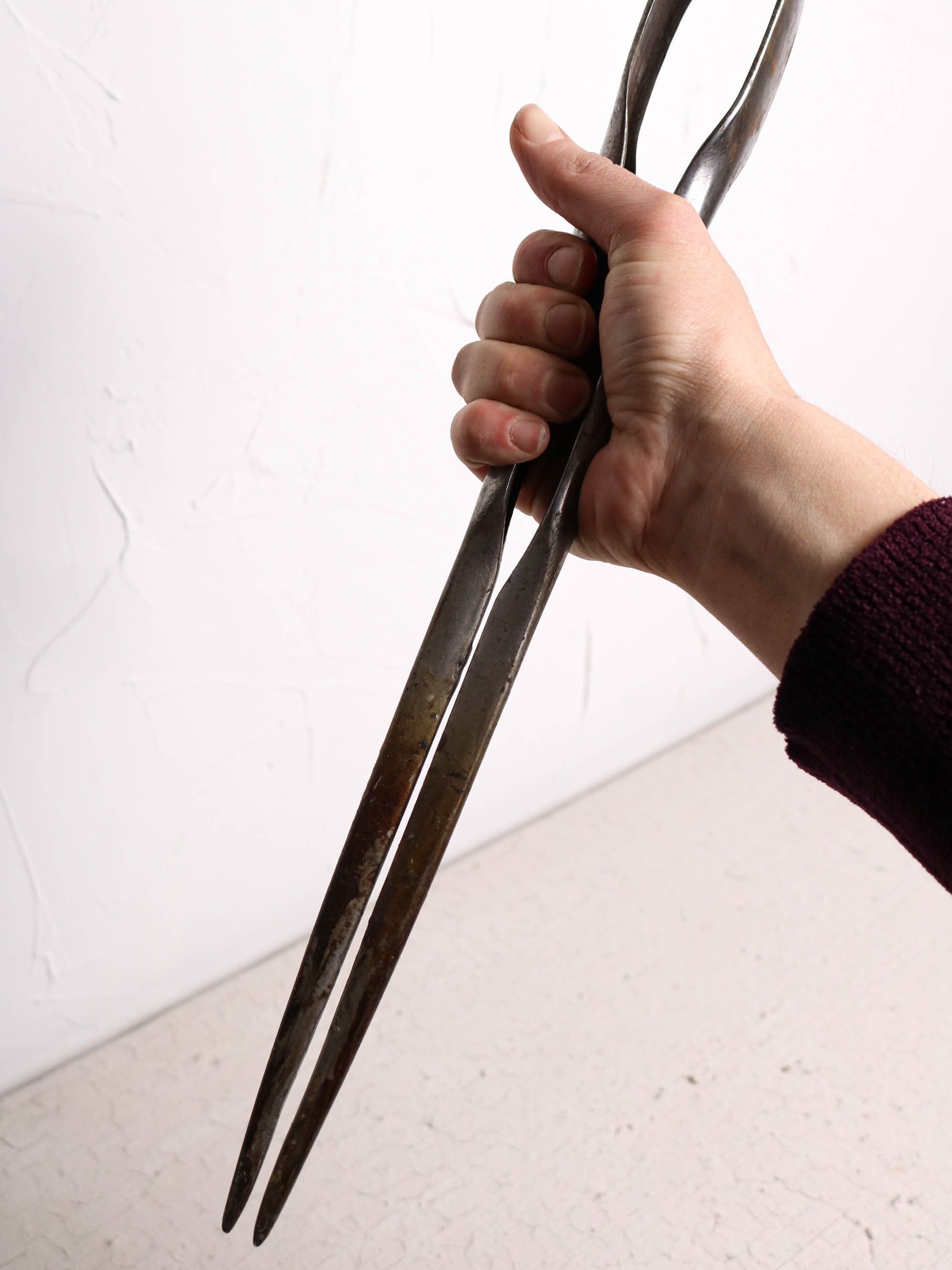
Fig. 6 Early unsigned Ivan Smith Jacks, small with pointy oval blades, one piece construction with forge welded blades

Fig. 6 Early unsigned Ivan Smith Jacks, small with pointy oval blades, one piece construction with forge welded blades

Fig. 6 Early unsigned Ivan Smith Jacks, small with pointy oval blades, one piece construction with forge welded blades

Fig. 7 Small French round jacks, one piece construction with forge welded blades, signed Gadrat, Paris. Probably turn of the century pre 1900
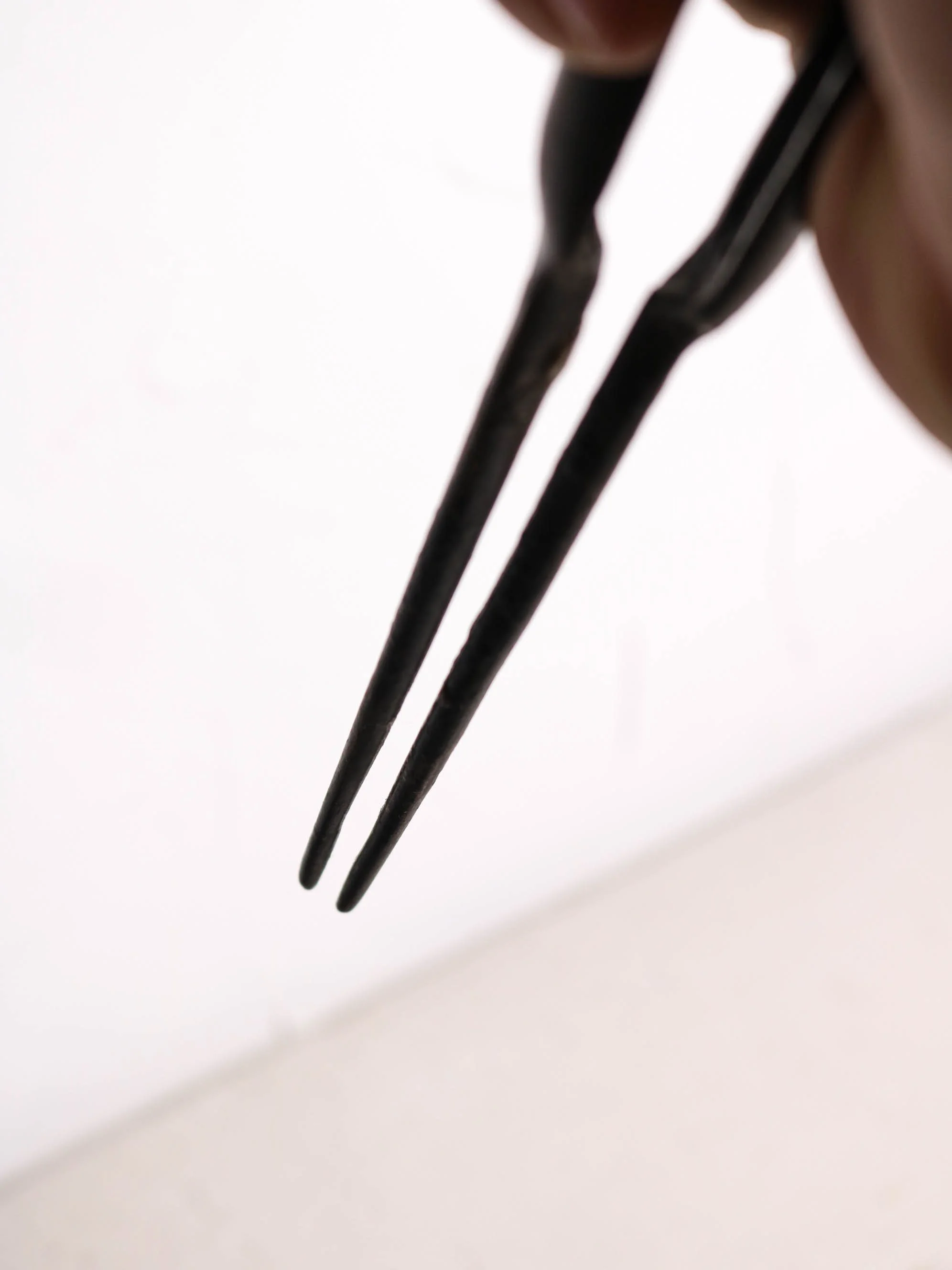
Fig. 7 Small French round jacks, one piece construction with forge welded blades, signed Gadrat, Paris. Probably turn of the century pre 1900

Fig. 7 Small French round jacks, one piece construction with forge welded blades, signed Gadrat, Paris. Probably turn of the century pre 1900

Fig. 7 Small French round jacks, one piece construction with forge welded blades, signed Gadrat, Paris. Probably turn of the century pre 1900

Fig. 7 Small French round jacks, one piece construction with forge welded blades, signed Gadrat, Paris. Probably turn of the century pre 1900

Fig. 8 Large Ivan Smith jacks. One piece construction with forge welded blades. Probably late '90's - early '00's signed "IHS UK". these were the last pair of Ivan Smith jacks sold new from Kurt Merker in Germany, and likely the last pair sold globally. They had been unsold on the shelf for 20 years with a post-it note on them from Gernot that said "DO NOT SELL"....

Fig. 8 Large Ivan Smith jacks. One piece construction with forge welded blades. Probably late '90's - early '00's signed "IHS UK". these were the last pair of Ivan Smith jacks sold new from Kurt Merker in Germany, and likely the last pair sold globally. They had been unsold on the shelf for 20 years with a post-it note on them from Gernot that said "DO NOT SELL"....

Fig. 8 Large Ivan Smith jacks. One piece construction with forge welded blades. Probably late '90's - early '00's signed "IHS UK". these were the last pair of Ivan Smith jacks sold new from Kurt Merker in Germany, and likely the last pair sold globally. They had been unsold on the shelf for 20 years with a post-it note on them from Gernot that said "DO NOT SELL"....

Fig. 8 Large Ivan Smith jacks. One piece construction with forge welded blades. Probably late '90's - early '00's signed "IHS UK". these were the last pair of Ivan Smith jacks sold new from Kurt Merker in Germany, and likely the last pair sold globally. They had been unsold on the shelf for 20 years with a post-it note on them from Gernot that said "DO NOT SELL"....

Fig. 8 Large Ivan Smith jacks. One piece construction with forge welded blades. Probably late '90's - early '00's signed "IHS UK". these were the last pair of Ivan Smith jacks sold new from Kurt Merker in Germany, and likely the last pair sold globally. They had been unsold on the shelf for 20 years with a post-it note on them from Gernot that said "DO NOT SELL"....

Fig. 9 Jordan Jacks with altered blades. the spring on these is nice and tight and one I've always been fond of. These have what appears to be stainless blades which were chopped down at some point for a specific task. Jordan Jacks used to be sold by Steinert Industries along with pipes, molds and other hand tools.

Fig. 9 Jordan Jacks with altered blades. the spring on these is nice and tight and one I've always been fond of. These have what appears to be stainless blades which were chopped down at some point for a specific task. Jordan Jacks used to be sold by Steinert Industries along with pipes, molds and other hand tools.
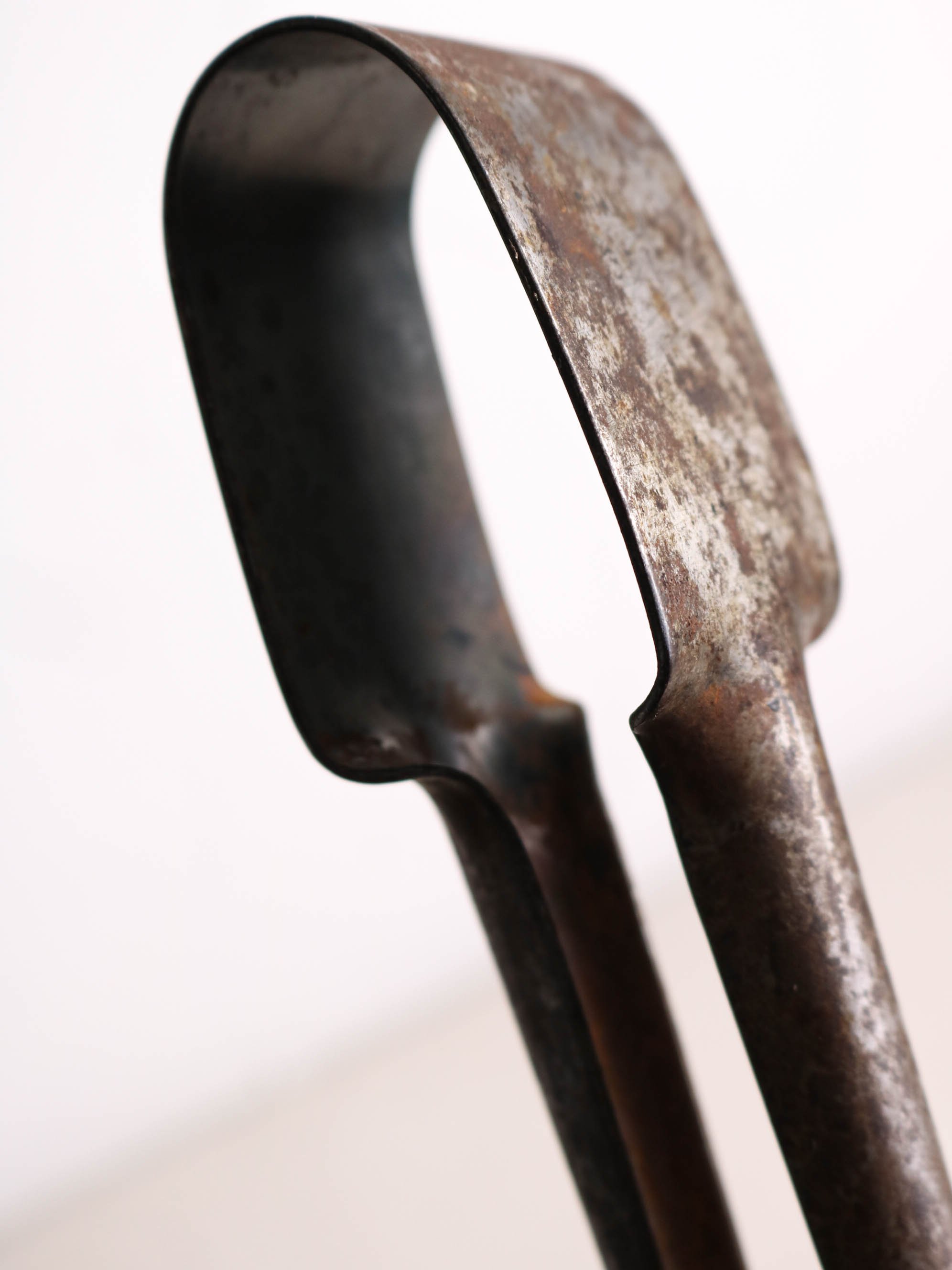
Fig. 9 Jordan Jacks with altered blades. the spring on these is nice and tight and one I've always been fond of. These have what appears to be stainless blades which were chopped down at some point for a specific task. Jordan Jacks used to be sold by Steinert Industries along with pipes, molds and other hand tools.

Fig. 11 Jordan Jacks with pointed round blades. the spring on these is nice and tight and one I've always been fond of. Jordan Jacks used to be sold by Steinert Industries along with pipes, molds and other hand tools.

Fig. 11 Jordan Jacks with pointed round blades. the spring on these is nice and tight and one I've always been fond of. Jordan Jacks used to be sold by Steinert Industries along with pipes, molds and other hand tools.

Fig. 12 American factory jacks, possible European origin. Welded repair on the strap. Spring riveted to handles, forge welded blades. These are a probably pre-1900 example of strap and blade steel separation instead of a more common one piece construction.

Fig. 12 American factory jacks, possible European origin. Welded repair on the strap. Spring riveted to handles, forge welded blades. These are a probably pre-1900 example of strap and blade steel separation instead of a more common one piece construction.

Fig. 12 American factory jacks, possible European origin. Welded repair on the strap. Spring riveted to handles, forge welded blades. These are a probably pre-1900 example of strap and blade steel separation instead of a more common one piece construction.

Fig. 12 American factory jacks, possible European origin. Welded repair on the strap. Spring riveted to handles, forge welded blades. These are a probably pre-1900 example of strap and blade steel separation instead of a more common one piece construction.
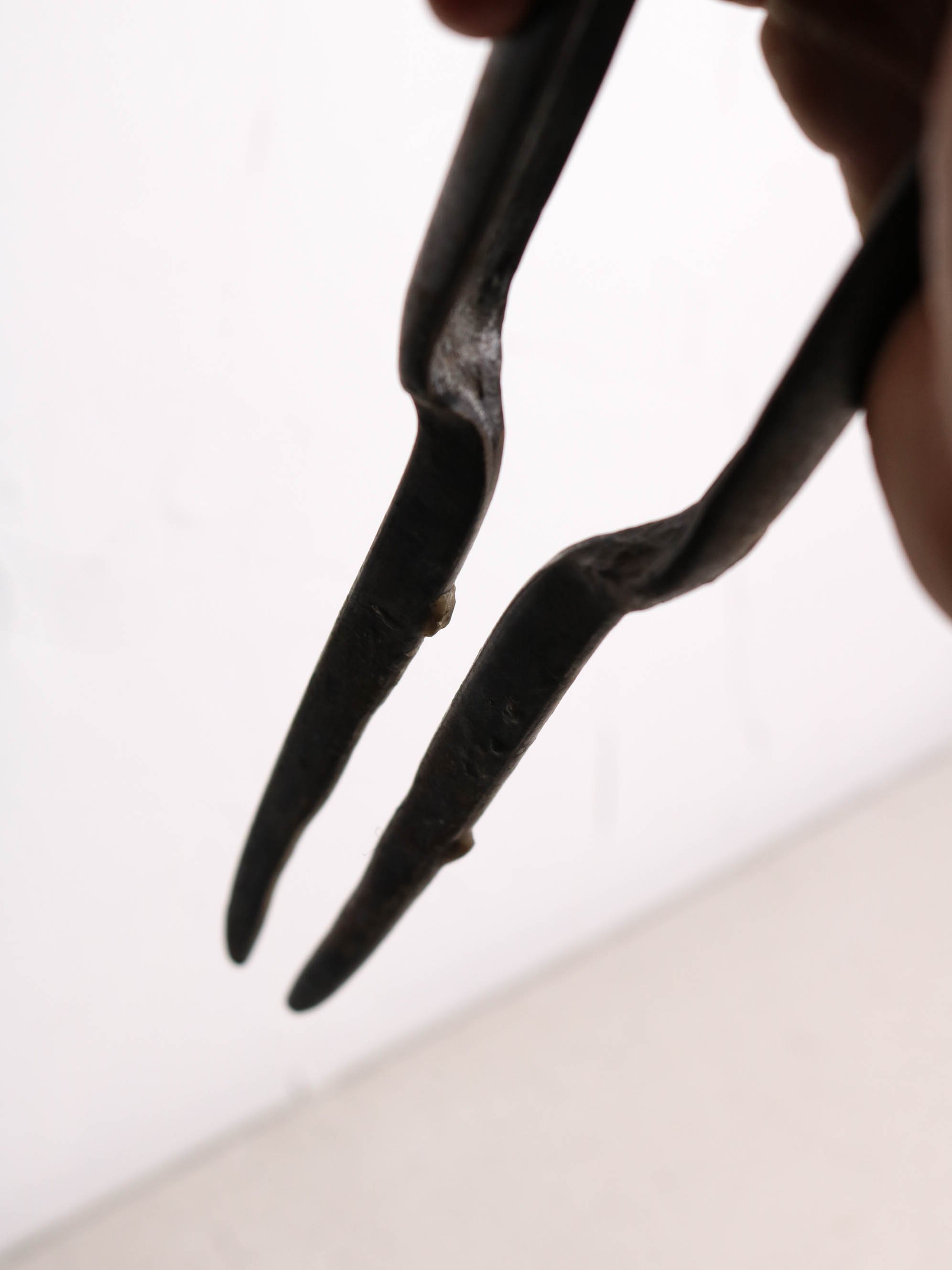
Fig. 12 American factory jacks, possible European origin. Welded repair on the strap. Spring riveted to handles, forge welded blades. These are a probably pre-1900 example of strap and blade steel separation instead of a more common one piece construction.

Fig. 12 American factory jacks, possible European origin. Welded repair on the strap. Spring riveted to handles, forge welded blades. These are a probably pre-1900 example of strap and blade steel separation instead of a more common one piece construction.

Fig. 12 American factory jacks, possible European origin. Welded repair on the strap. Spring riveted to handles, forge welded blades. These are a probably pre-1900 example of strap and blade steel separation instead of a more common one piece construction.

Fig. 13 Swedish factory jacks. These at one point had a tool mounted to the top center of the strap. The hole has been mended but suggests there was either a lip forming tool or other type of accessory attached.
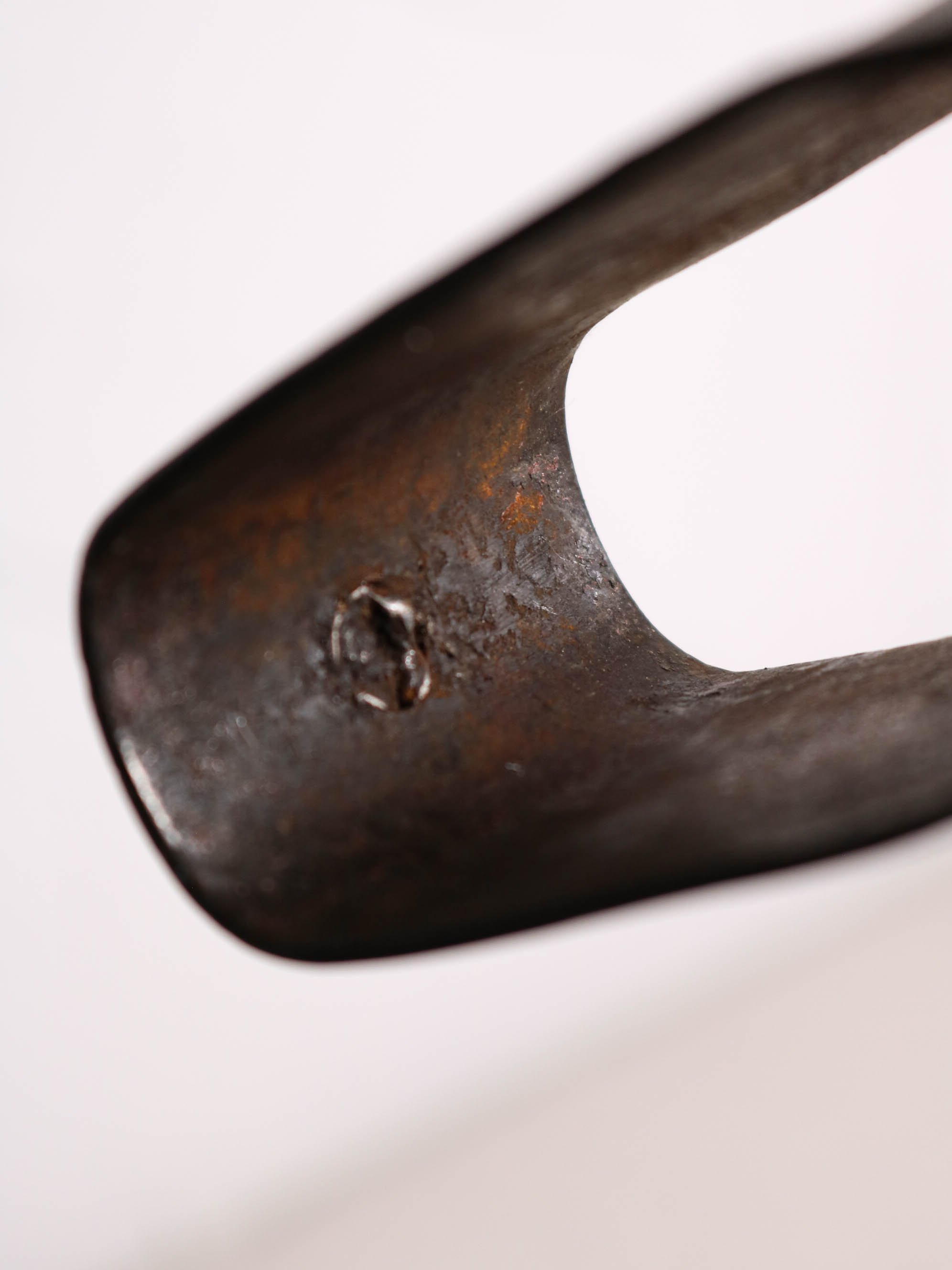
Fig. 13 Swedish factory jacks. These at one point had a tool mounted to the top center of the strap. The hole has been mended but suggests there was either a lip forming tool or other type of accessory attached.

Fig. 13 Swedish factory jacks. These at one point had a tool mounted to the top center of the strap. The hole has been mended but suggests there was either a lip forming tool or other type of accessory attached.

Fig. 14 American Factory Jacks. I liked the "W" carved into the handle but otherwise impossibly stiff but make great wall hangers. These are quite old, my guess is turn of the century

Fig. 14 American Factory Jacks. I liked the "W" carved into the handle but otherwise impossibly stiff but make great wall hangers. These are quite old, my guess is turn of the century

Fig. 14 American Factory Jacks. I liked the "W" carved into the handle but otherwise impossibly stiff but make great wall hangers. These are quite old, my guess is turn of the century

Fig. 14 American Factory Jacks. I liked the "W" carved into the handle but otherwise impossibly stiff but make great wall hangers. These are quite old, my guess is turn of the century
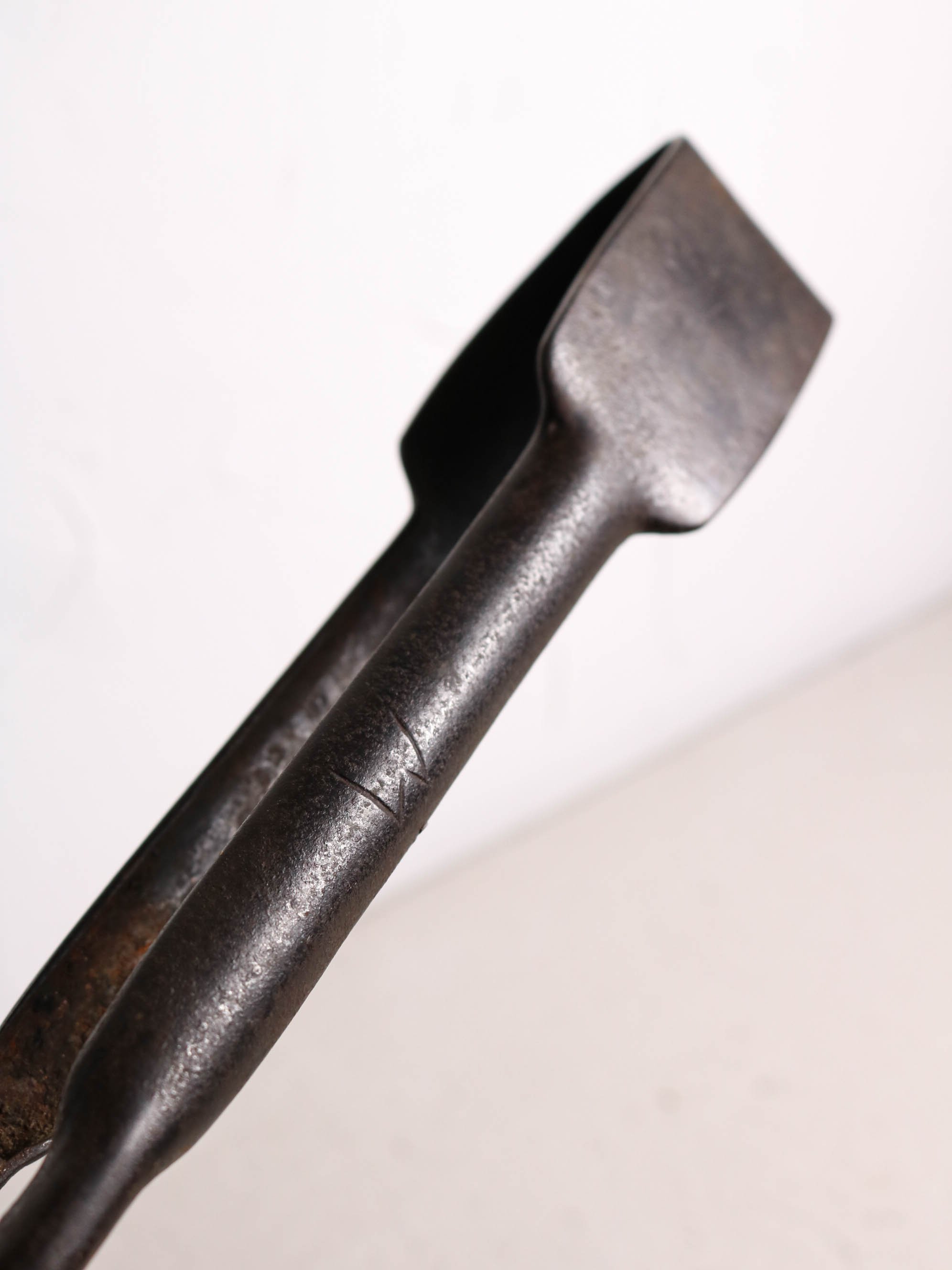
Fig. 14 American Factory Jacks. I liked the "W" carved into the handle but otherwise impossibly stiff but make great wall hangers. These are quite old, my guess is turn of the century

Fig. 14 American Factory Jacks. I liked the "W" carved into the handle but otherwise impossibly stiff but make great wall hangers. These are quite old, my guess is turn of the century

Fig. 15 Early unsigned English parchoffis. Possibly Ivan Smith but look more like Jack Rann if I were to guess. Notice the forged spine on the inside of the strap. The spring is nice and lively and get a lot of use. The blades on these are graphite that I carved in the licorice stick style.

Fig. 15 Early unsigned English parchoffis. Possibly Ivan Smith but look more like Jack Rann if I were to guess. Notice the forged spine on the inside of the strap. The spring is nice and lively and get a lot of use. The blades on these are graphite that I carved in the licorice stick style.

Fig. 15 Early unsigned English parchoffis. Possibly Ivan Smith but look more like Jack Rann if I were to guess. Notice the forged spine on the inside of the strap. The spring is nice and lively and get a lot of use. The blades on these are graphite that I carved in the licorice stick style.
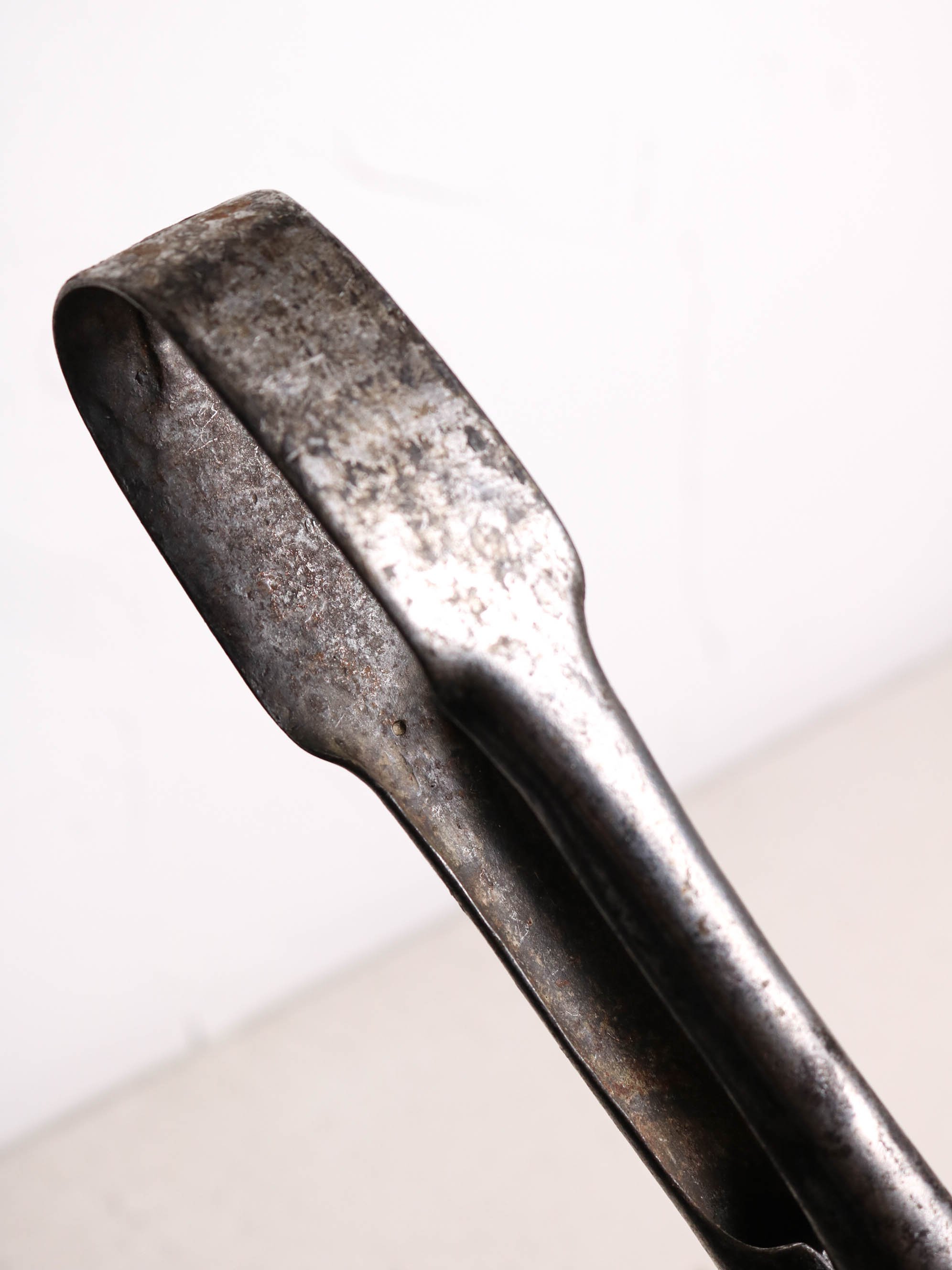
Fig. 15 Early unsigned English parchoffis. Possibly Ivan Smith but look more like Jack Rann if I were to guess. Notice the forged spine on the inside of the strap. The spring is nice and lively and get a lot of use. The blades on these are graphite that I carved in the licorice stick style.

Fig. 16 Swedish parchoffi handles.

Fig. 16 Swedish parchoffi handles.
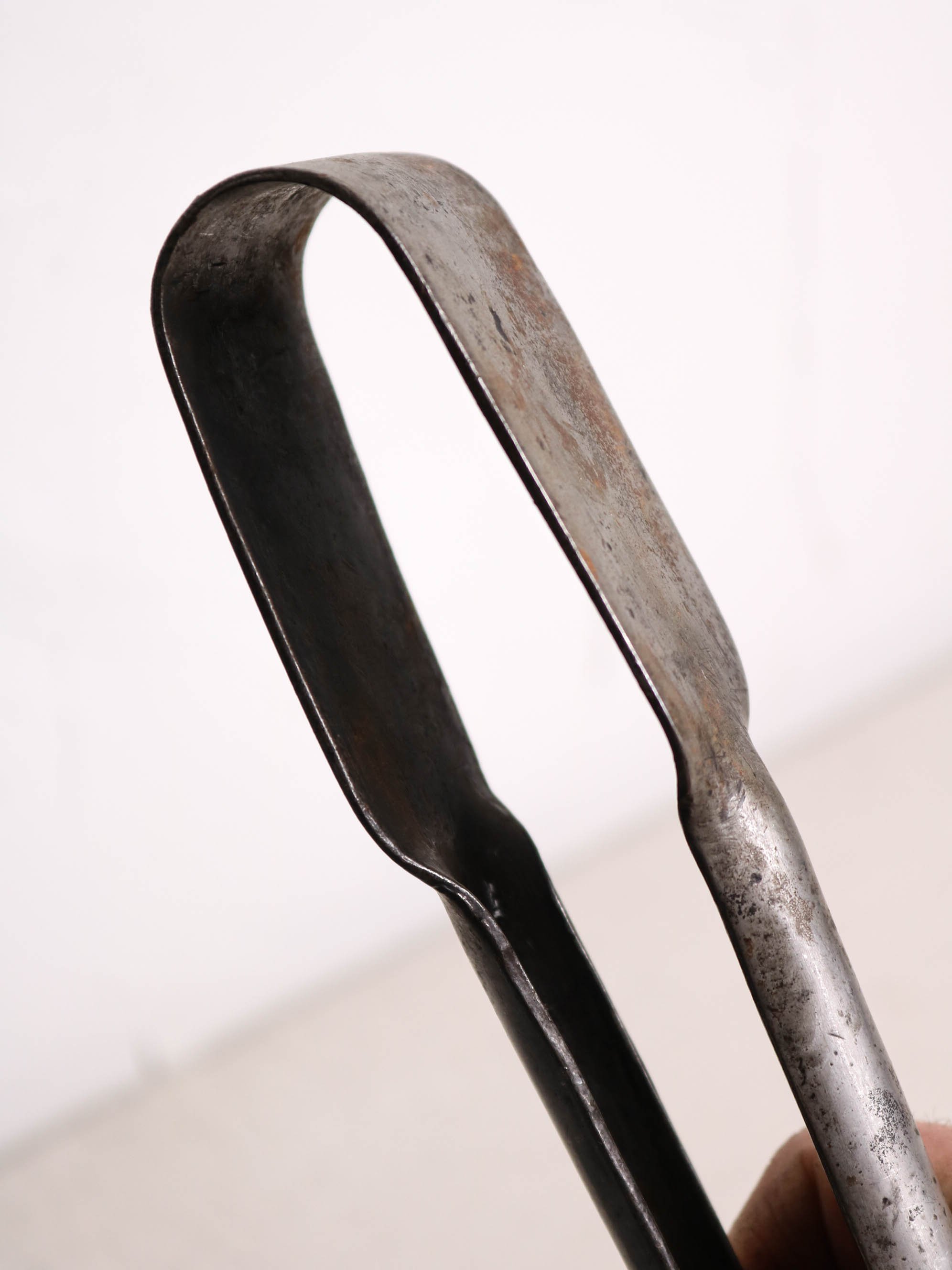
Fig. 16 Swedish parchoffi handles.

Fig. 16 Swedish parchoffi handles.

Fig. 17 Early unsigned Ivan Smith Parchoffi handles.

Fig. 17 Early unsigned Ivan Smith Parchoffi handles.
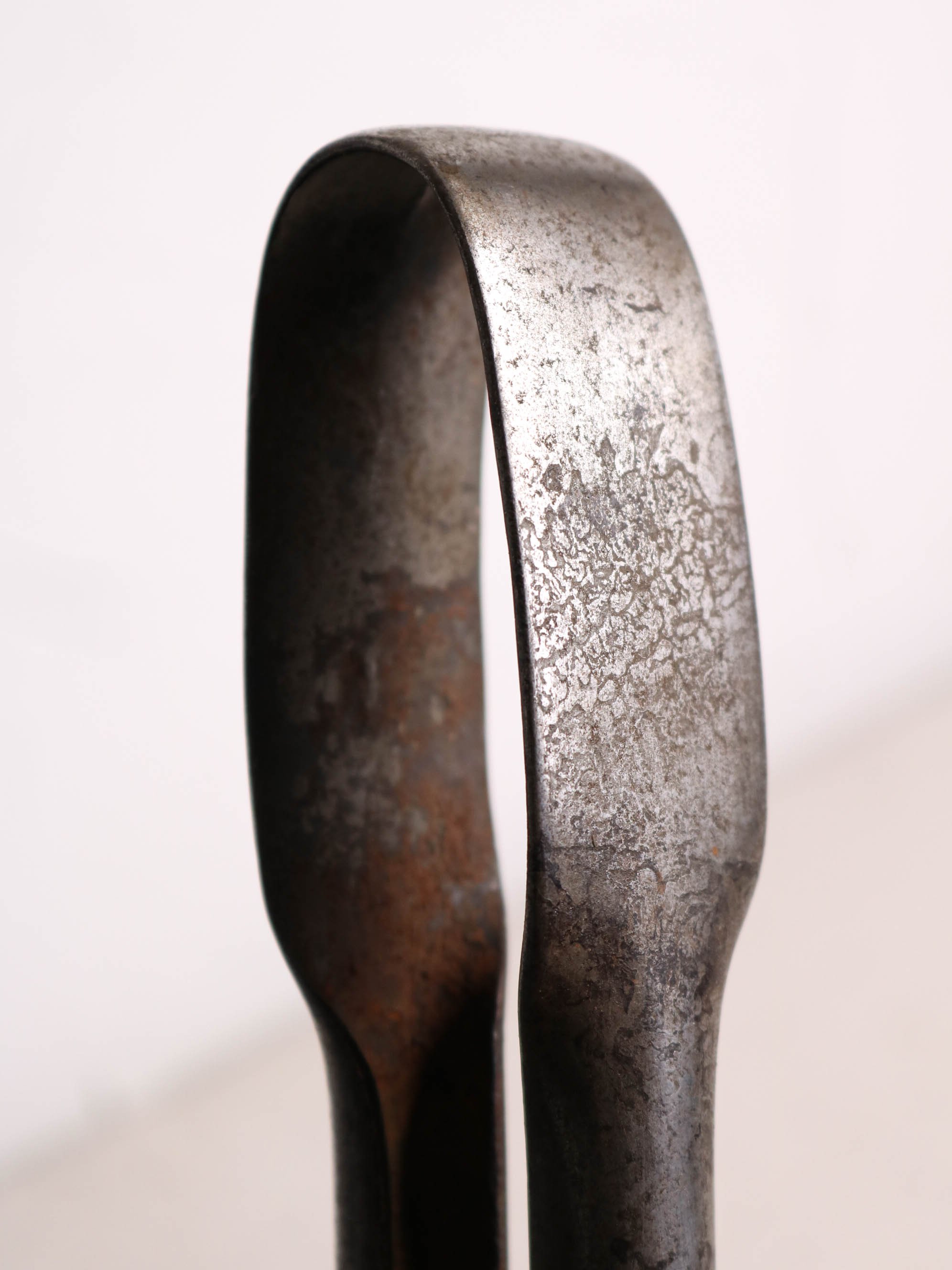
Fig. 17 Early unsigned Ivan Smith Parchoffi handles.

Fig. 18 Putsch jacks, made in West Germany. I'm fond of this era of Putsch tools because, among other reasons, so rarely do we get precise dating on tools. This "MADE IN WESTERN GERMANY" stamp gives us a pretty clear picture of where and when these were made.

Fig. 18 Putsch jacks, made in West Germany. I'm fond of this era of Putsch tools because, among other reasons, so rarely do we get precise dating on tools. This "MADE IN WESTERN GERMANY" stamp gives us a pretty clear picture of where and when these were made.

Fig. 18 Putsch jacks, made in West Germany. I'm fond of this era of Putsch tools because, among other reasons, so rarely do we get precise dating on tools. This "MADE IN WESTERN GERMANY" stamp gives us a pretty clear picture of where and when these were made.

Fig. 18 Putsch jacks, made in West Germany. I'm fond of this era of Putsch tools because, among other reasons, so rarely do we get precise dating on tools. This "MADE IN WESTERN GERMANY" stamp gives us a pretty clear picture of where and when these were made.

Fig. 19 Dino Standard 7" Jacks. These were bought from Dino in the early 90s out of his modest workshop in Murano. The buyer didn't speak Italian and the seller didn't speak English so Lino came by and translated over a plate of Prosciutto. The handles have been wrapped in leather.

Fig. 19 Dino Standard 7" Jacks. These were bought from Dino in the early 90s out of his modest workshop in Murano. The buyer didn't speak Italian and the seller didn't speak English so Lino came by and translated over a plate of Prosciutto. The handles have been wrapped in leather.
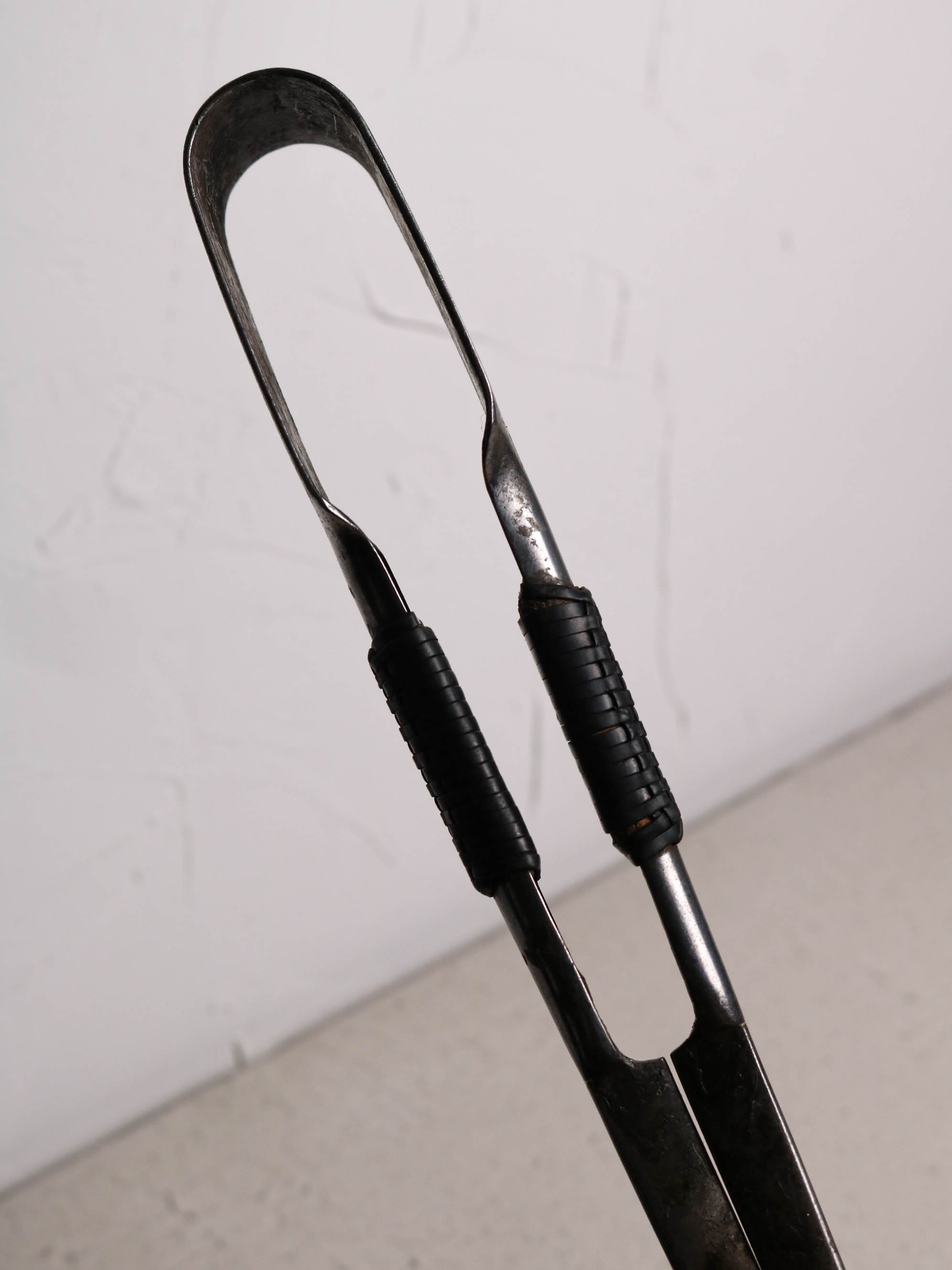
Fig. 19 Dino Standard 7" Jacks. These were bought from Dino in the early 90s out of his modest workshop in Murano. The buyer didn't speak Italian and the seller didn't speak English so Lino came by and translated over a plate of Prosciutto. The handles have been wrapped in leather.

Fig. 19 Dino Standard 7" Jacks. These were bought from Dino in the early 90s out of his modest workshop in Murano. The buyer didn't speak Italian and the seller didn't speak English so Lino came by and translated over a plate of Prosciutto. The handles have been wrapped in leather.

Fig. 20 Medium 9" Dino Tedeschi Jacks. Handles have been wrapped in leather.

Fig. 20 Medium 9" Dino Tedeschi Jacks. Handles have been wrapped in leather.

Fig. 20 Medium 9" Dino Tedeschi Jacks. Handles have been wrapped in leather.

Fig. 20 Medium 9" Dino Tedeschi Jacks. Handles have been wrapped in leather.

Fig. 20 Medium 9" Dino Tedeschi Jacks. Handles have been wrapped in leather.

Fig. 21 Large 10.5" Dino Tedeschi Jacks. Lino brought these over for Billy Morris sometime in the early 80s. The handles have been wrapped in leather.
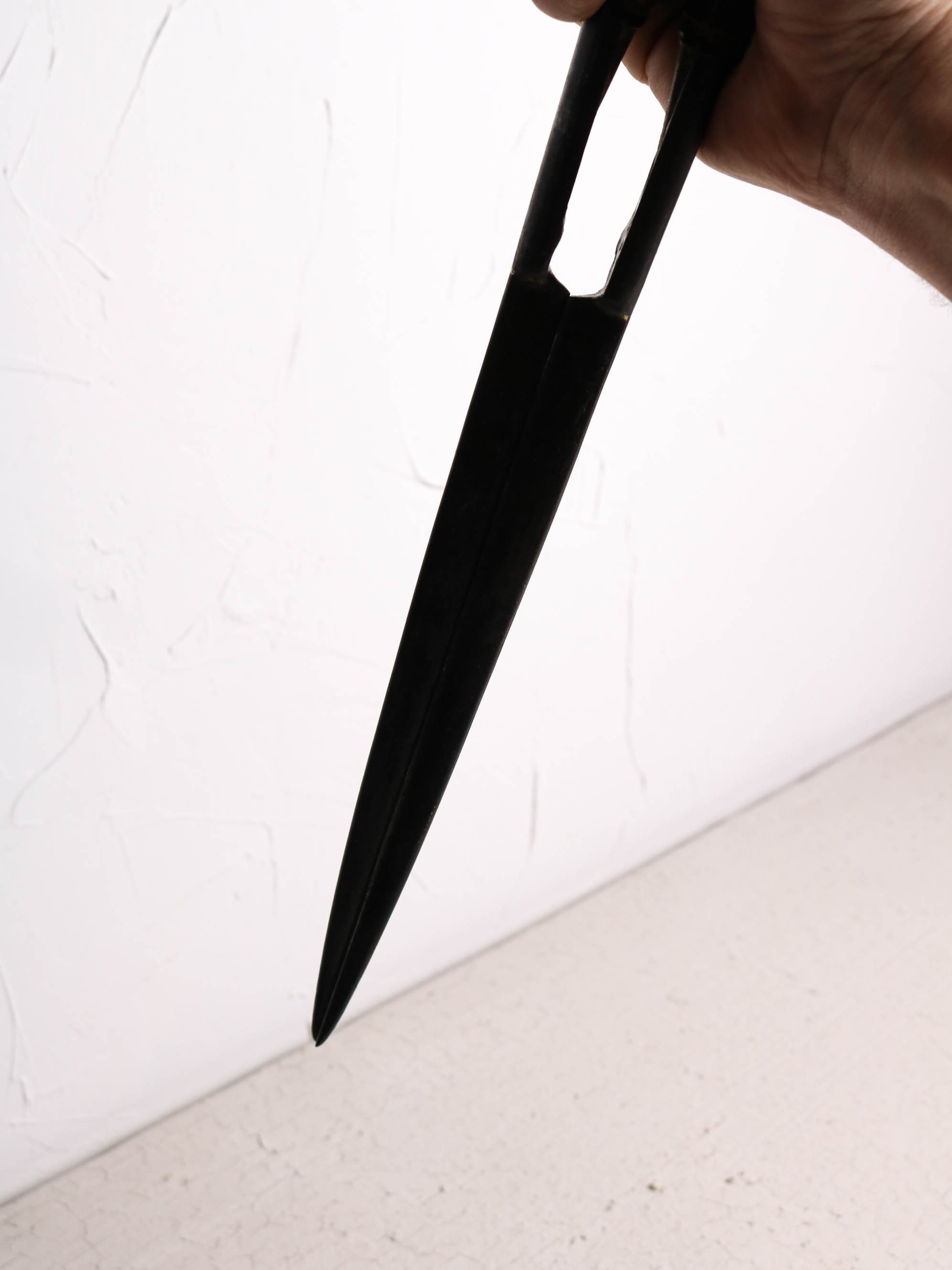
Fig. 21 Large 10.5" Dino Tedeschi Jacks. Lino brought these over for Billy Morris sometime in the early 80s. The handles have been wrapped in leather.

Fig. 21 Large 10.5" Dino Tedeschi Jacks. Lino brought these over for Billy Morris sometime in the early 80s. The handles have been wrapped in leather.

Fig. 21 Large 10.5" Dino Tedeschi Jacks. Lino brought these over for Billy Morris sometime in the early 80s. The handles have been wrapped in leather.

Fig. 21 Large 10.5" Dino Tedeschi Jacks. Lino brought these over for Billy Morris sometime in the early 80s. The handles have been wrapped in leather.

